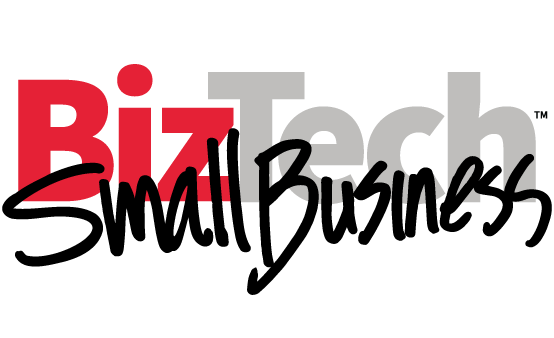The Difference Between EMM, MDM and DaaS
There are a number of options organizations can use to manage it all. While they all may sound similar, these solutions are each slightly different to address different needs. One tool businesses use is mobile device management software. MDM solutions allow organizations to remotely manage the mobile devices their employees use, including password and encryption enforcement, email and VPN configuration, and the locking and locating of lost or stolen devices. Since many employees now use their devices for both their work and personal lives, MDM can also allow organizations to remotely separate these applications, protecting company systems and data.
While MDM typically refers to the management of the software on an organization’s devices, there are also solutions to manage the devices themselves. Device as a service (DaaS) takes hardware management off the hands of IT departments, managing everything from procurement to maintenance and end-of-life recycling. The entirety of the device’s lifecycle is managed for one monthly fee, which can be particularly helpful for businesses that deploy many mobile devices.
Both hardware and software management solutions are important, and the evolution of enterprise mobility has organizations looking to take a more holistic approach to device use. Enterprise mobility management encompasses the entire strategy, including software, mobile applications and device management. EMM also reflects a broader way of thinking about mobility.
“The definition of EMM is evolving,” David Johnson, principal analyst at Forrester Research, told Computerworld. EMM “used to be mainly about mobile device and application management, but now it’s more about enabling mobility more broadly — extending to Windows 10 and macOS devices, identity and access management strategy, and how to design mobile engaging and productive mobile experiences for employees.”
MORE FROM BIZTECH: Making the most of mobile collaboration.
What to Consider When Picking a Management Solution
When looking at a comprehensive device strategy, enterprises should consider the specific needs of their organization. If scalability and flexibility are important, incorporating DaaS could be key, because the number of devices deployed can fluctuate depending on need and workflow. It could also be preferable for a growing company, making it easier to acquire and implement more devices as the workforce grows.
Security is another consideration when looking at device management. Keeping company data and applications secure is paramount, and it can get complicated if devices are also being used by workers for personal affairs. Finding a way to keep convenience for employees while protecting the enterprise needs to be a part of enterprise mobility management.
IT departments also need to look at ease of use. The solutions deployed should make it seamless for IT to move through devices, applications and organizational data. Users need simple ways to keep devices secure as well, particularly if they’re also being used as personal devices. Keeping everything safe and simple will ensure enterprises can get the most out of mobility without leaving themselves vulnerable.











